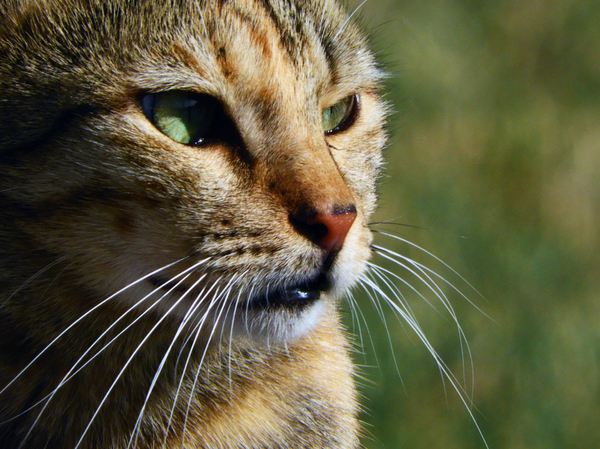Cat Litter Mats: Do They Really Work?
Cat Litter Mats: Do They Really Work?
Blog Article

Cat litter and litter boxes play a critical function in the lives of both cats and their owners. From the simple beginnings of sand and soil to the ingenious improvements these days, the world of cat litter has evolved considerably. In this detailed guide, we dive into every element of cat litter and litter boxes, exploring their history, types, advantages, obstacles, and whatever in between.
The history of cat litter go back centuries, with ancient civilizations utilizing sand, soil, and even ashes as primitive litter products. Nevertheless, it wasn't till the mid-20th century that modern-day cat litter as we understand it emerged. In 1947, Edward copyright introduced the world's very first business cat litter made from absorbent clay, transforming the way cats relieved themselves indoors. Ever since, cat litter has undergone numerous transformations, with the intro of clumping litter, silica gel litter, eco-friendly alternatives, and more.
Today, feline owners are ruined for option when it concerns selecting the right litter for their feline companions. Traditional clay litter stays popular for its cost and effectiveness in absorbing odors. Clumping litter, which forms strong clumps when wet, simplifies cleaning and maintenance. Silica gel litter, made up of highly absorbent silica crystals, provides superior smell control and durability. Naturally degradable options, such as recycled paper, wood pellets, corn, and wheat, interest ecologically conscious consumers.
Each kind of cat litter uses distinct advantages. Clay litter stands out in its capability to take in moisture and control smells, making it a reliable option for numerous feline owners. Clumping litter streamlines everyday scooping and extends the time between total litter changes. Silica gel litter provides extraordinary smell control and can last longer between replacements. Eco-friendly litters use a sustainable alternative that decreases environmental impact.
While cat litter boosts indoor feline hygiene, it is not without its difficulties. Dust from clay litter can position respiratory risks for both felines and people, triggering the popularity of dust-free options. Some felines may establish litter box hostility due to problems with texture, scent, or tidiness, necessitating experimentation with various litters and box configurations. Multi-cat families may require tactical litter box positioning and frequent upkeep to prevent territorial disagreements and make sure all felines have access to tidy facilities.
Choosing the appropriate litter box is necessary for promoting positive litter box cat litter robot routines and overall feline well-being. Aspects to consider consist of size, accessibility, and style preferences. Covered litter boxes offer privacy and assistance consist of smells, but some felines may find them restricting or daunting. Open-top litter boxes use easy access and exposure however may lead to more litter scatter. Automatic self-cleaning litter boxes streamline maintenance however require routine monitoring and maintenance.
Correct litter box maintenance is vital for ensuring a clean and welcoming environment for both cats and their owners. Daily scooping eliminates waste without delay, reducing smell and discouraging litter box aversion. Routine litter replacement, typically every 1-2 weeks, prevents bacterial accumulation and keeps optimal absorbency. Comprehensive cleansing with moderate detergent and water, avoiding severe chemicals that might deter cats from utilizing package, should be performed monthly.
Cat litter and litter boxes play wood pellets cat litter a main function in cultivating a healthy and harmonious relationship between felines and their human buddies. With a varied array of litter options and litter box designs readily available, feline owners have the flexibility to tailor their choices to fit their felines' choices cat litter and family requirements. By understanding the evolution, types, benefits, and difficulties of cat litter and litter boxes, family pet owners can supply their feline friends with a comfortable and hygienic indoor environment.